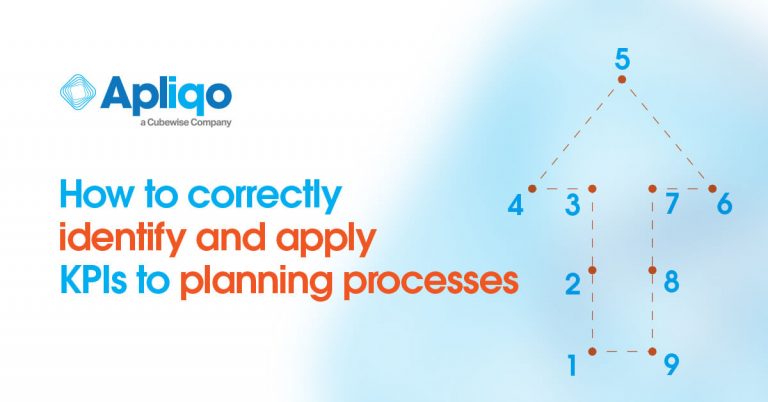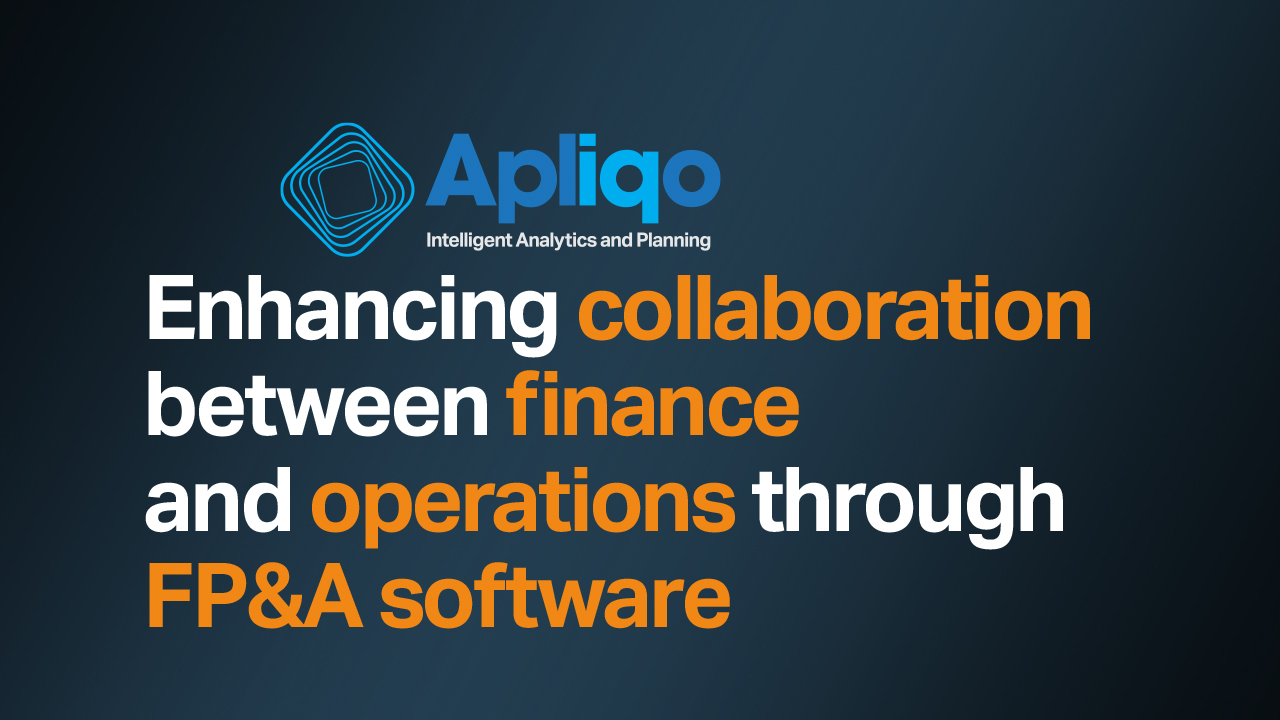The challenges posed by the planning process can be mastered by identifying and integrating the correct key performance indicators (KPIs) into driver-based planning. Our blog provides answers to the five most urgent questions about KPI Analytics.
Why are many companies and decision-makers dissatisfied with their planning processes?
Of course, there are many reasons. Management reporting is prone to inaccuracies, this is especially crucial when it comes to the planning process. The problem often lies in the definition of the key performance indicators (KPIs). The special challenge: On how many KPIs do we wish to focus, and to what extent may we neglect less important indicators? Most companies focus on too many KPIs and can then no longer see the forest for the trees.
Why is it so difficult to select the right KPIs?
Unrestricted access to corporate data is needed to prioritize KPIs. We often see that companies do not manage a central database or simply do not have the data available for a consistent calculation of different KPIs. As a result, many management control processes are doomed to fail from the outset. This is a pity, as there are more than enough tools available for companies to master the data management problem of ensuring consistency of KPI definition and measurement.
What to do once planning critical KPIs have been identified and prioritized?
The definition of the KPIs is just the start of a company’s planning process. The next step is to use KPI prioritization to define planning drivers. Often companies fail to consistently integrate the defined KPIs at the planning level of the organization. The planning-relevant KPIs must be used during the planning process. They serve as the foundation for the implementation of driver-based planning models.
How can software solutions support the efficient use of KPIs during the planning process?
A minimum set of critical KPIs used in an integrated way for both performance measurement andplanning help with the focused management control of the company. With the correct tools all critical KPIs are easily captured in a database which is accessible for bothreporting and planning. Material KPIs are defined with the help of a prioritization process integrated into the planning solution. Any planning software should also be able to use defined KPIs as planning drivers and apply calculation logic. This structured process allows managers to focus on the important KPIs and enhance the efficiency of the planning process. The time saved can be used for important operational activities and the strategic management of the company.
What software solutions are best suited to this?
We recommend choosing software solutions that work with predefined best practice processes. These pre-built applications allow a standardized and structured approach to the prioritization and application of KPIs. This speeds up the planning process across all business units. Predefined workflow processes are also user friendly. Employees are familiar with the application, even when they lack specific IT skills. This reduces the workload of the planners. A win-win situation for all.
Would you like to see how to go through an analytical thought process to define the most important KPIs?
Click HERE to watch the recorded version of our Webinar on KPI Analytics.







